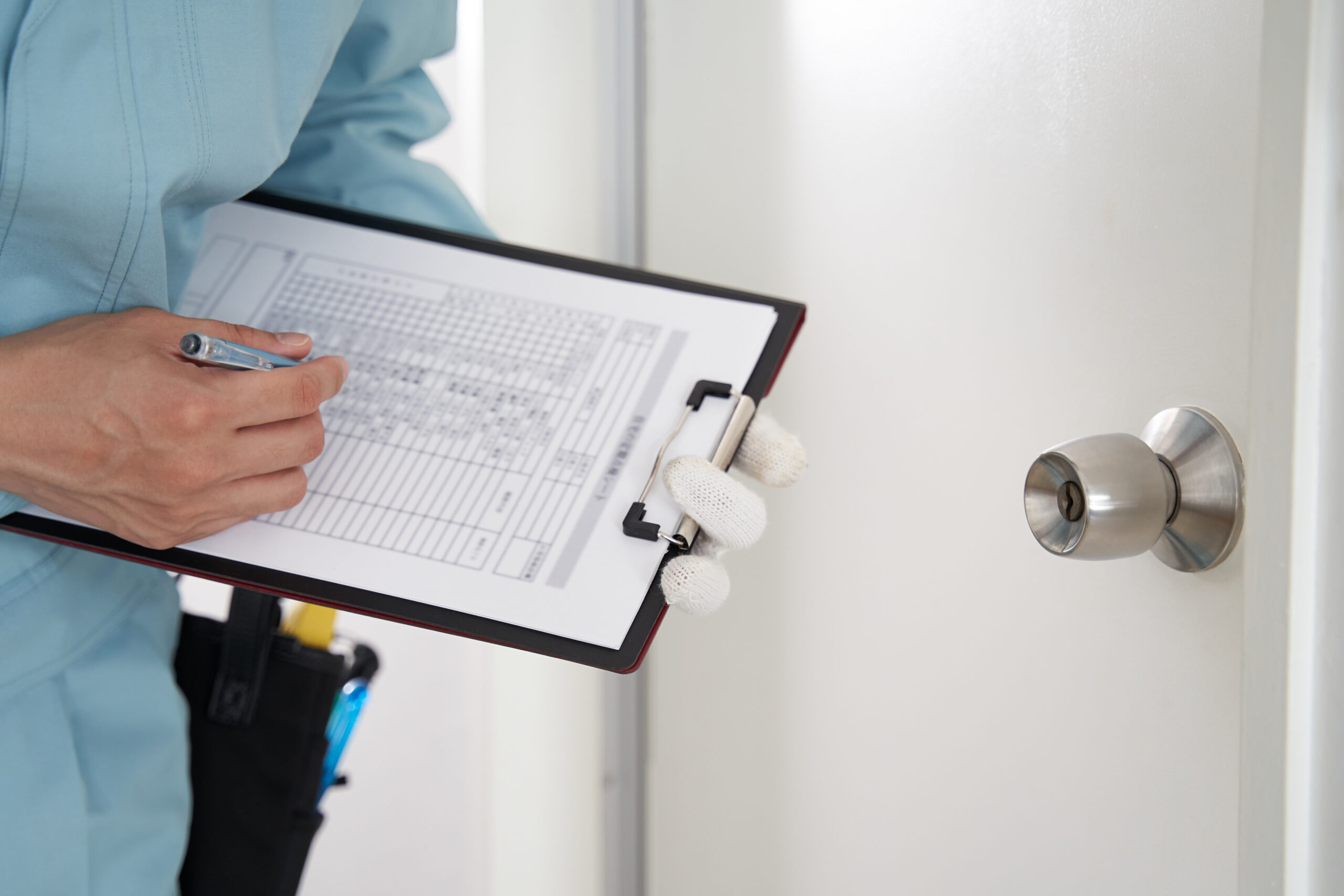There are many steps that need to be followed when a home is being sold, whether you are the buyer or the seller. One of the most important steps in the process for both parties is the home appraisal. No matter which end of the sale you are on, this step is crucial in getting the best price. Here is what you need to know about the home appraisal process along with a detailed checklist so you are prepared when the time comes.
When Does it Take Place?
The appraisal is normally one of the first things to take place once the seller accepts the buyer’s offer. It could take anywhere from a half hour to a few hours depending how big the property is and is ordered by the buyer’s lender. During the appraisal, the appraiser will do a walk-through of the home and take photos of everything along with writing down some notes. Once they are done, they will send a detailed report to the lender with their findings.
What is the Basic Appraisal Process Like?
Typically, the appraiser does his or her own research on the surrounding home values in the area that are similar to the one being sold. Next, they will conduct the walk-through and go down a lender and underwriter approved list that outlines everything that must be observed.
Types of Appraisal Checklists
Conventional Loan Appraisal Checklist:
- Condition of the home, specifically on damage
- Condition of appliances, such as the air conditioning unit, furnace, water heater, etc.
- Size of the home and property
- Quality of landscaping
- Quality of roofing and foundation
- Number of rooms, bedrooms, closets, bathrooms and windows
- Quality of lighting and plumbing
- Number of fireplaces
- Condition of any swimming pool or sprinkler system
- Quality of basement, including whether it is finished or not
- Details such as granite countertops and hardwood floors
- Upgrades and remodels
HUD Appraisal Checklist: In addition to a conventional checklist.
- Lot drainage that moves away from the house
- Handrails beside steps and stairs
- Substantial foundation
- Ventilation and functioning mechanical systems
- A roof without leaks that doesn’t need updating for at least two years
- Lead-based paint
- Defecting paint
- Evidence of termites
- Damage to driveway or sidewalk
VA Appraisal Checklist: This is conducted by someone licensed and selected by the VA.
- Heating system is capable of warming the home to 50 degrees Fahrenheit
- Sound roof that is able to last for a reasonable amount of time
- Functioning sewer system
- Functioning water heater
- Clean drinking water
- Secure foundation
- Working utilities
- Required pest inspection
- Peeling or chipping paint
- Missing rails on stairs
- Broken windows
- Rotting wood
- Water stains
- Exposed wiring and other electrical issues
This information will better prepare you, either the seller or the buyer, during this important part of the process. If you are looking to purchase a home and have questions about refinancing or mortgages, visit our website or contact one of our Member Specialists today at (800) 422–5852 to learn how we can help.






